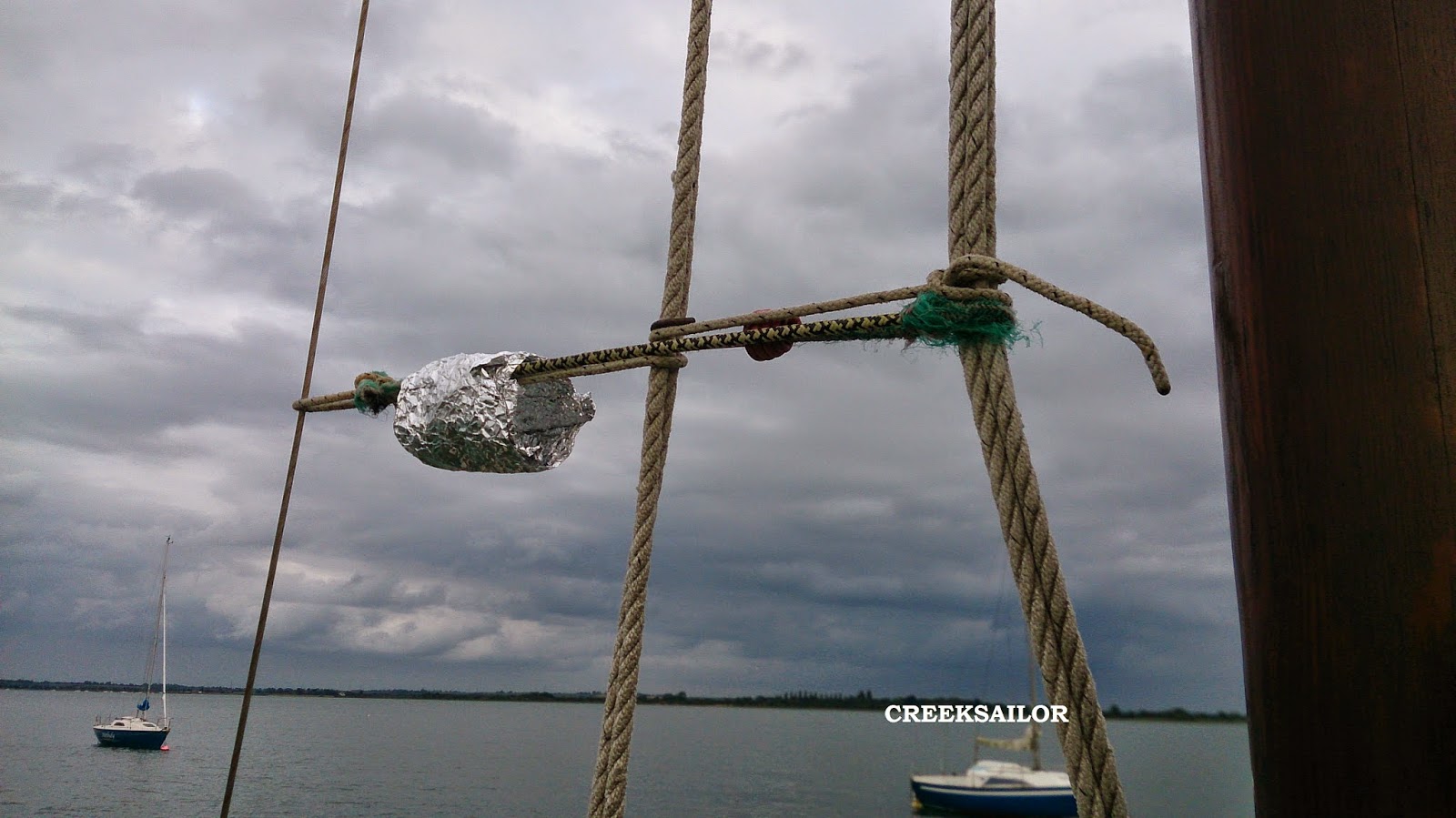To guide us in our everyday lives there are signs placed everywhere we go. They might be warning signs that tell us to ‘Keep Off’, ‘ Keep Out’, or, ‘Do Not Park’. Others, such as road signs and street names or painted arrows that point us in the right direction, are more helpful and show us the way to our destination. All of these instill an order and formality into our subconsciousness.
Graffiti is visual signage too. In many instances it may well be seen as a criminal act of vandalism, or an artistic creation, expressive in its message, by others.
Graffiti is well established in the urban environment where we might expect to see it adorn trains and station walls. It is used to decorate, to purvey a message, and it can be used to mark territory by gangs. When you think about it how else could a young person express themselves to a wider audience in pre-internet times. But it is found in what is perhaps more unlikely places - beside the sea being one of them, and this is the place that intrigues me most when I come across it.
When I see graffiti by the sea I don’t just see it as an image, I see a young boy, but it may well have been a young girl or even an adult, from an urban environment interacting with the sea. Trading thoughts and making statements in quiet places of remoteness and solitude.
Born in inner London I grew up where graffiti was part and parcel of the surroundings - the wallpaper of city life. During the 60s 70s and early 80s my family had a weekly escape from our concrete surroundings in the form of the Essex sea coast. This, for me, was a sanctuary where a small boy from the cobbles would be set free. Here, my eyes could be stretched to their focal limits with seascape views that were unobstructed by tall buildings, stripped clean from the clutter and claustrophobia of walls and pavements that are the maze of grimy, grey city streets. Released from the noise of cars and buses. Our lives were transformed on an almost weekly basis from this enclosure of concrete and oft graffitied walling to the open flatlands of Essex with its theater of blue skies and air so clean it made you tired, and a endless horizon on the salty sea that looked like a ship could disappear over the edge of it. Hence my fascination with Graffiti-on-Sea. I have a growing collection of images, taken all over the East Coast, that I will be showing through the Creeksailor pages under the above heading. Hope you are as intrigued by them as I am.
![]() |
| Bill Meroy Creek |
![]() |
| Fame - River Thames |
![]() |
| A neatly scribed message from a female perspective |
![]() |
| Bill Meroy Creek |
![]() |
| River Thames |
Graffiti-on-Sea can be like marmite you either hate it or love it. Or perhaps like me you are indifferent. Whatever your persuasion, it is there.





















